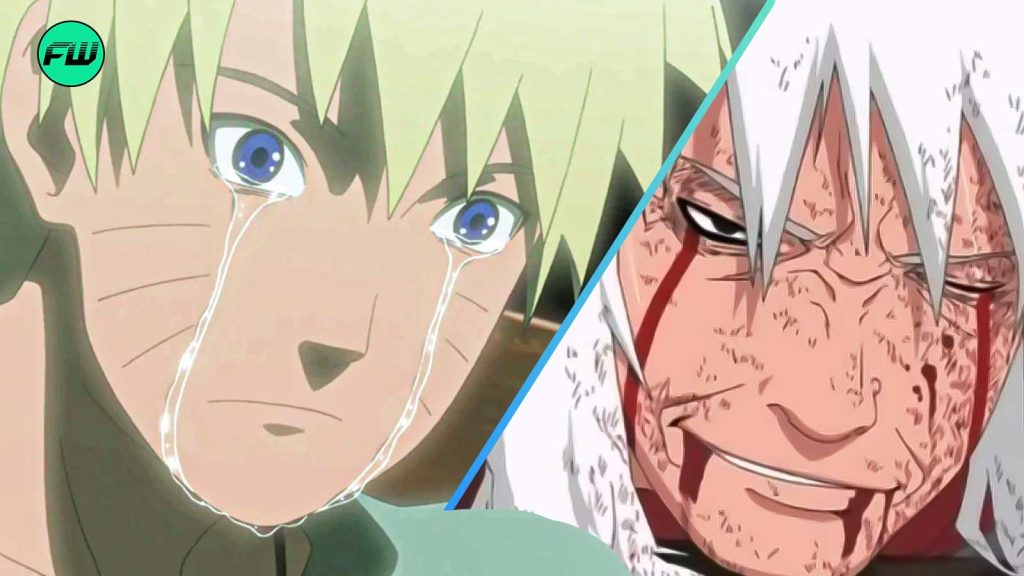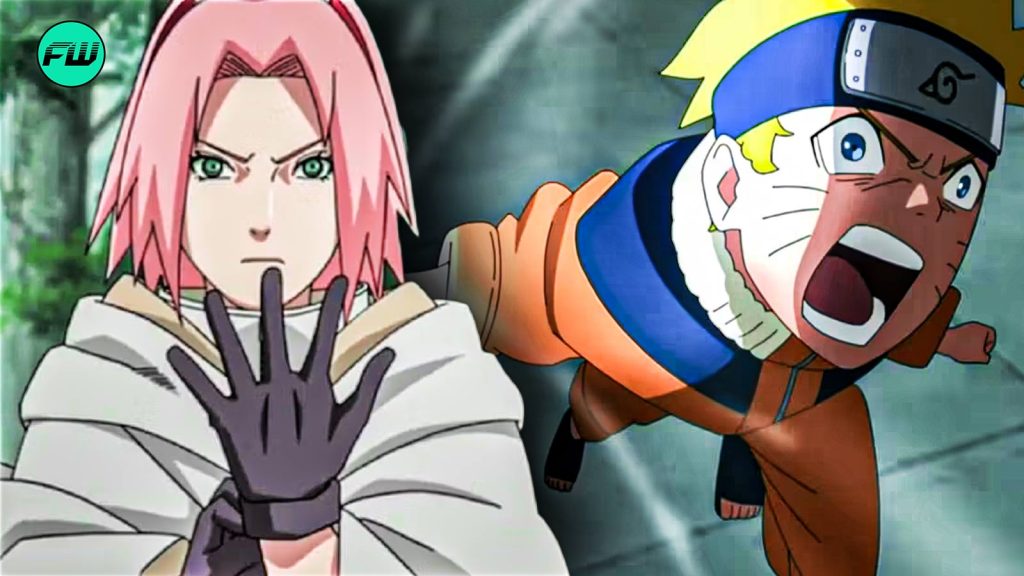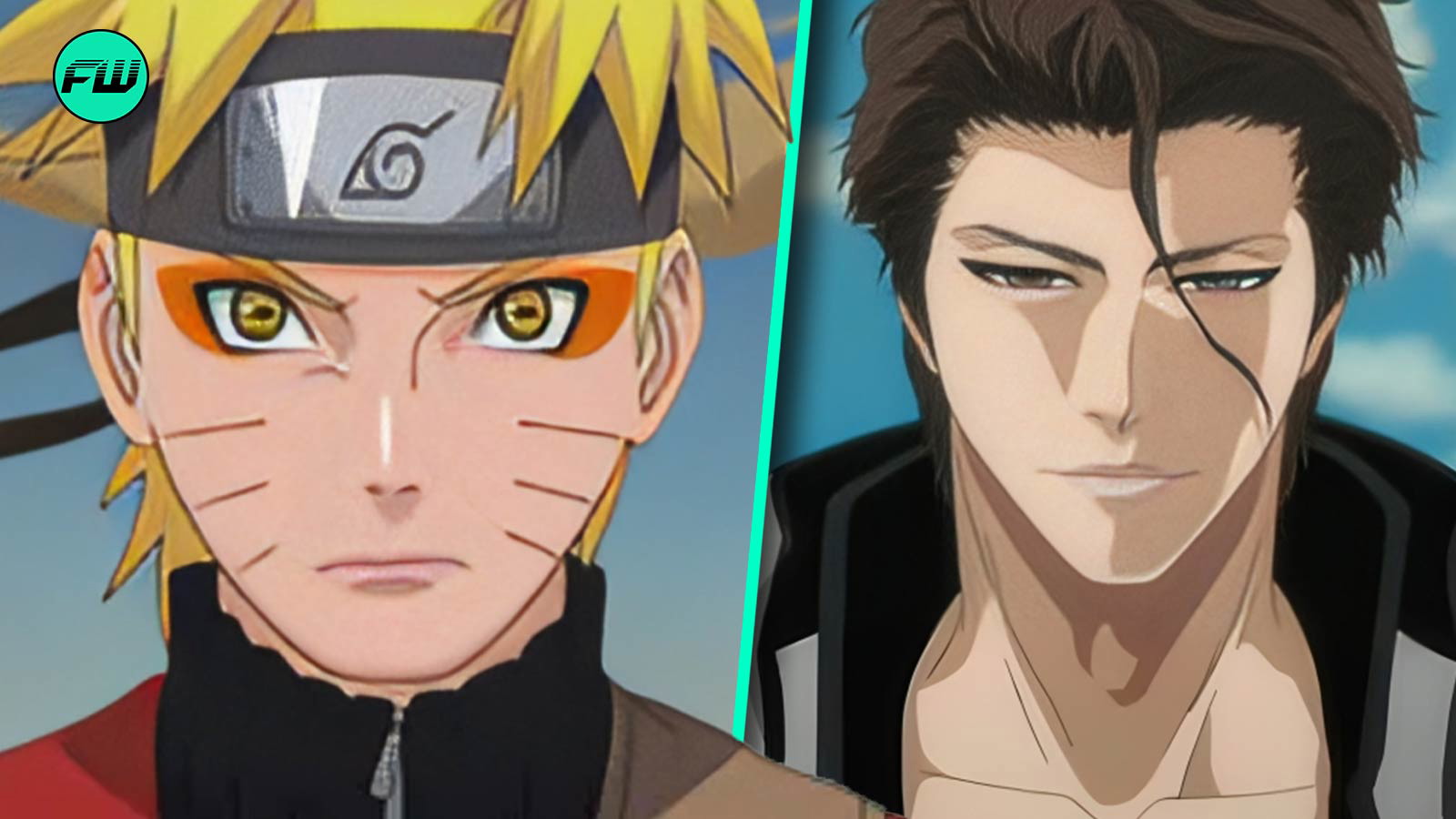
Masashi Kishimoto’s Naruto series has long been praised for its deep, character-driven storytelling, particularly when it comes to its complex and multifaceted villains. Kishimoto’s approach to villains in Naruto is often starkly contrasted with those in other Shonen manga such as Dragon Ball, One Piece, or even Bleach. He aimed to create villains who weren’t just evil for the sake of being evil.
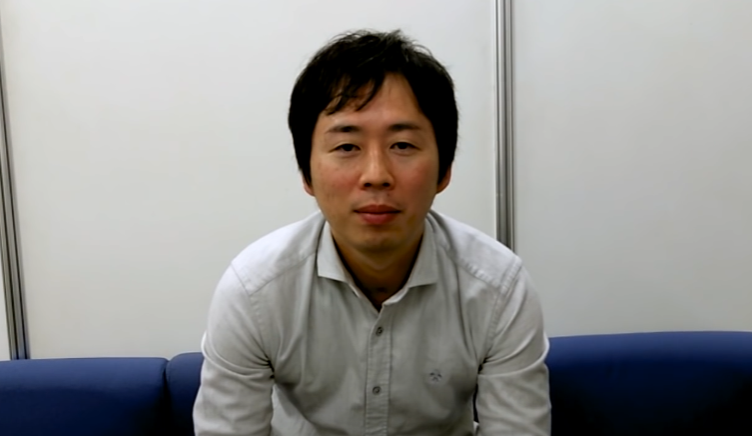
While this approach of Kishimoto humanizes them by exploring the psychological processes behind a villain’s actions rather than simply depicting their quest for power, this also has a negative side. This strategy of Kishimoto is the main reason why Naruto could never have a supervillain-level threat like Aizen’s. Although Madara Uchiha posed quite a bit of a challenge in the 4th Great Shinobi War, the intensity didn’t really last long.
Masashi Kishimoto’s Unique Approach to Villains in Naruto
Masashi Kishimoto made it very clear from the beginning that Naruto would not be a typical good-vs-evil story. His fascination with the psychological processes that mold a person led him to focus on the motivations and backstories of his villains. Typically in the Shonen series, the enemy represents the core of evil and can’t be redeemed; however, Kishimoto wanted to defy that norm.
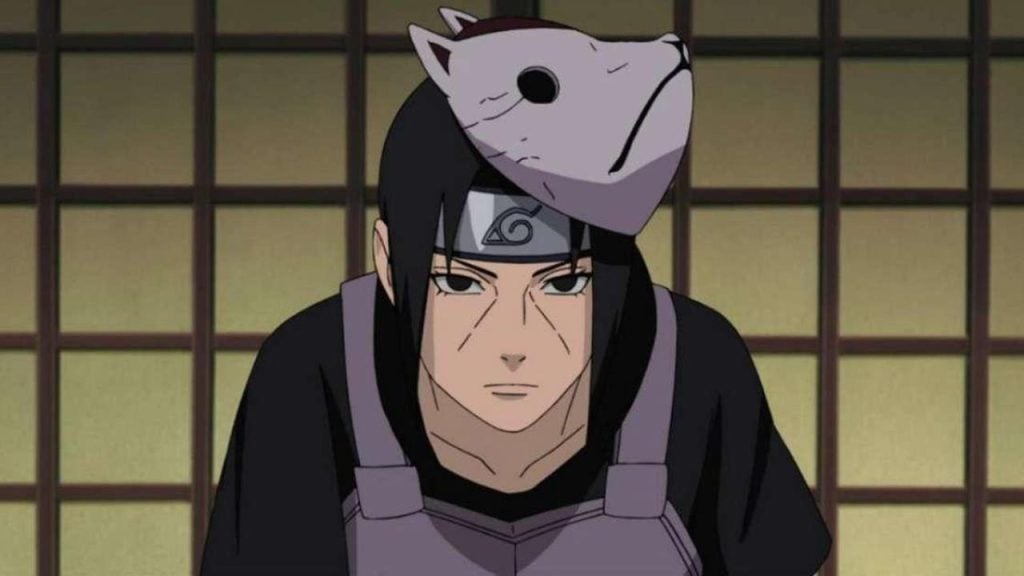
In an interview via Kana, Kishimoto revealed that he focuses on why a villain becomes who they are. He believes that understanding a character’s past is essential for building empathy and creating more complex stories. He remarked,
In most of the shounen mangas, the enemy is the ultimate evil. He can’t be reasoned with. But countless mangas do that already and I didn’t want Naruto to be just a repeat of other stories.
What differentiates Naruto from many other Shonen manga is its psychological depth. Every villain created by Kishimoto has been shaped by a specific set of circumstances, many of which have their origins in their childhoods. He gradually revealed details about these backstories to the audience, allowing them to better understand how the circumstances molded these individuals.
Naruto‘s villains were not born evil; they were shaped by their environments, their experiences, and their traumas. Characters like Nagato, Obito, Gaara, Itachi, even Madara Uchiha, and Orochimaru were all driven by deeply personal and tragic motivations. Their actions, no matter how cruel or destructive, stemmed from a place of emotional pain and disillusionment.
Where This Approach of Masashi Kishimoto Fell Short in Naruto
As opposed to Masashi Kishimoto‘s strategy, some Shonen series, like Bleach, chose a different kind of antagonist. One of Bleach‘s iconic villains, Aizen, represents the archetype of the untouchable, god-like villain. Without any explanation or past, Aizen is a character that personifies evil. He is driven by an almost incomprehensible desire for power and control, with little focus on his emotional or psychological reasons.
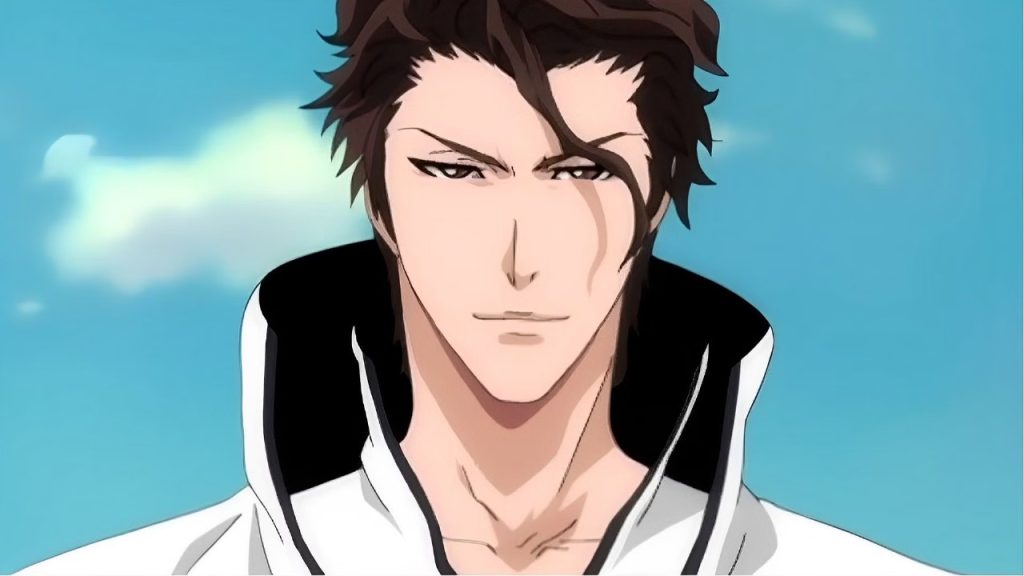
While the complex villain trope worked for Naruto quite well, it robbed the series of the opportunity to truly explore the character of a merciless, purely evil antagonist. Not every villain needs to be humanized or redeemed, some of them should exist to just cause chaos and spread sheer terror. But Kishimoto’s approach not only made the villains in Naruto less deadly, but it also lowered the stakes of the battles by being overly predictable.
In the end, Kishimoto’s legacy lies in his ability to create characters who feel real. But this is also why Naruto could not have an Aizen-level threat. Kishimoto’s focus was on creating villains who were human at their core. While it made the story emotionally rich, it failed to resonate with the audience who were for the intense hero-villain conflict and ultimate dread.
Naruto is currently available to watch and read on Crunchyroll and Viz Media, respectively.
This post belongs to FandomWire and first appeared on FandomWire
